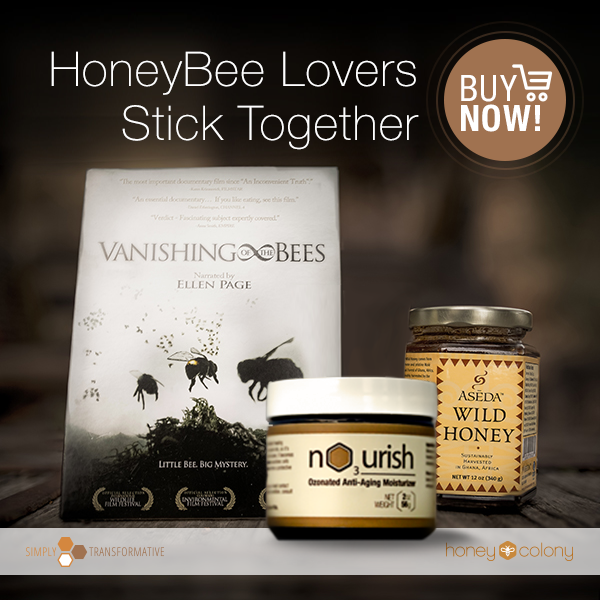Sharing is caring!
The Supplemental Nutrition Assistance Program (SNAP), formerly known as Food Stamps, is a controversial program. Apparently, every person in America knows someone who knows someone who uses them to buy steaks and lobster. This is usually an urban legend perpetuated by conservatives, going back to Ronald Reagan’s welfare queen story. But it does not change the fact that most people believe myths and misinformation about the program, which is designed to help poor people afford nutritious food.
Unlike WIC (Women, Infants, and Children) which is limited to what the USDA considers nutritious food, food stamps can buy any kind of junk food — according to USA Today, a casual study found that 28 percent of food stamp purchases were for bagged snacks, candy, and sugar-sweetened beverages. However, Mother Jones reports that people on food stamps eat healthier than the higher-income population. “SNAP recipients already eat more virtuously than the rest of us,” the website reads. “A 2008 USDA report found that they are less likely than those with higher incomes to consume at least one serving of sweets or salty snacks per day. More recently, a 2015 USDA study concluded that, adjusting for demographic differences, people who take SNAP benefits don’t consume any more sugary drinks than their low-income peers who aren’t in the program.”
There are incentives to eat healthy on SNAP. For example, in Indiana there is a pilot program that doubles food stamp dollars for purchase of produce at farmer’s markets. And in Massachusetts, recipients get a 30-cent credit for every food stamp dollar spent on fruits and vegetables.
Here are 5 important facts to keep in mind regarding food stamps.
1. A new program will allow people to buy groceries online using SNAP.
According to the Chicago Tribune , there is a pilot program expected to start in 2017 that would allow people to purchase groceries online with SNAP benefits. The program, which will start in states serviced by Xerox, will not cover the delivery charge, but is expected to revolutionize shopping for groceries in food deserts, or areas where grocery stores are scarce.
ThriveMarket.com, an online grocery store, advocated for this program with a petition that gathered more than 310,000 signatures.
Craig Gundersen, professor of agricultural and consumer economics at the University of Illinois at Urbana-Champaign, told the Chicago Tribune the program was a “fantastic idea.”
“There are a lot of seniors who, for medical and other reasons, have difficulty getting to food stores. This can almost be like a meals-on-wheels program for them,” he says.
Amy Carter, director of outpatient nutrition of Eskenazi Health Services in Indianapolis, says people’s ability to eat a healthy diet on SNAP is heavily impacted by transportation. The closer they live to a grocery store, the healthier they are. “It completely depends on how much they receive and their access to shop and cook,” Carter says.
2. Illegal SNAP trafficking (exchanging benefits for cash) accounts for only 1.3 percent of SNAP spending.
According to the Chicago Tribune, SNAP trafficking is usually only triggered by sheer desperation. The recipient typically exchanges benefits for cash, but often gets shortchanged. The Tribune used the example of $100 worth of electronic benefits becoming $50 cash for the customer, and $50 credit for the merchant. Another form is buying someone else’s groceries in exchange for cash. While trafficking has decreased since the 1990s, it still remains a problem due to “deeply entrenched poverty exacerbated by poor schools, nonexistent jobs, scant business development, and years of neglect from all levels of government.”
Angela Odoms-Young, an associate professor of kinesiology and nutrition at the University of Illinois at Chicago, says people are willing to exchange benefits for cash to get their basic needs met in times when they are “food rich, but cash poor.”
“It is the systematic, historical, structural inequity that exists that would cause a person to be willing to exchange their food benefits for cash because they need to pay utilities, get gas, and pay for housing,” she says.
It is, however, a felony, and people have been convicted — mostly small retailers.
3. Recipients aren’t getting as much money as you would think.
The maximum monthly benefit for a family of four is $649. The maximum monthly benefit for an individual is $194. However, the average benefit is considerably less — $127 per person, per month, according to the Center on Budget and Policy Priorities .
“The net monthly income of the household is multiplied by .3, and the result is subtracted from the maximum allotment for the household size to find the household’s allotment,” reads the USDA website. “This is because SNAP households are expected to spend about 30 percent of their resources on food.”
However, the USDA reports that the average family of four can expect to spend between $719.30 to $852.70 per month on food — and that’s the low-cost plan.
Ironically, this leads to obesity among SNAP recipients. In the Mennonite Central Committee cookbook Simply In Season, a contributor writes “Hunger always has been the burden of the poor, but increasingly, the highest rates of obesity are found among people with the lowest income and least education. The reasons why encompass everything from genetics to personal habits to societal factors. One such societal factor is cheap high-calorie foods. Research suggests the more calories a food contains per ounce, the less it costs — and vice versa. Compare, for example, potato chips and fresh carrots. A dollar spent on chips (or white bread, instant noodles, or candy), doesn’t buy much nutrition, but it does buy nearly five times as many calories. In this limited sense, ‘diets composed of whole grains, fish and fresh vegetables and fruit are far more expensive than refined grains, added sugars and added fats,’ says researcher Adam Drewnowski. ‘[People] become obese primarily because they are poor.’”
4. Food is covered. Alcohol and tobacco aren’t.
Carter says the most common misconception she hears about SNAP is people use it to buy cigarettes. That is illegal; tobacco is not covered by SNAP. “There’s a lot of misconceptions on what people use their SNAP dollars on.” In Indiana, SNAP benefits are kept on an electronic benefit transfer (EBT) card that recipients swipe at the cash register, making fraudulent purchase difficult.
So yes, you can buy steak and lobster on SNAP if you somehow can afford it on $127 per month. Many people have a problem with this, especially members of Congress. Legislation, however, is not without its cost. According to the USDA, “Since the current definition of food is a specific part of the Act, any change to this definition would require action by a member of Congress. Several times in the history of SNAP, Congress had considered placing limits on the types of food that could be purchased with program benefits. However, they concluded that designating foods as luxury or non-nutritious would be administratively costly and burdensome.”
In other words, it would cost more money to restrict items than is being lost from SNAP recipients buying those items.
Embrace The Knowledge and Healing Powers of HoneyBees With Our Save The Bees Set
5. You can use SNAP to buy seeds and plants for your garden.
According to the United States Department of Agriculture (USDA), “Households CAN use SNAP benefits to buy … seeds and plants which produce food for the household to eat.” This can, however, prove difficult. Not all authorized SNAP vendors sell seeds and plants, and not all places that sell seeds and plants are SNAP authorized. In addition, according to SNAPGardens.org, not all SNAP-friendly farmer’s markets are listed on the list of SNAP-friendly farmer’s markets. Also, computer programs frequently deny SNAP transactions on seeds and plants, forcing the customer to ask for a manager to visit the USDA website.
However, the USDA blog reports, “For every $1 dollar set on seeds and fertilizer, home gardeners can grow an average of $25 worth of produce. Growing food from seeds and plants makes SNAP benefits last longer, allowing recipients to double the value of their benefits over time. Supplementing SNAP with homegrown food makes it possible for families to buy food products that they wouldn’t normally be able to afford. Being producers as well as consumers is an empowering experience for SNAP participants. It allows them to feel self-reliant. It’s also another great way to promote nutrition, enabling people to take pride in eating their own homegrown fruits and vegetables.”
Sadly, Congress has not authorized a study to track how many SNAP dollars go toward home or community gardening.
Myth Busting SNAP/Food Stamps
The SNAP program is surrounded by myths, such as people living in the U.S. illegally can get SNAP, but it does what it’s intended to do in spite of significant opposition — help needy families afford groceries in times of economic hardship. Most of these families are working; they just happen to have a sick or disabled child or elderly adult. SNAP can make the difference between going to bed hungry and going to bed well-fed.
 Becky Oberg is a professional writer living in Indianapolis. She enjoys acting, singing, playing video games, and playing with her pet rats. You can also find her on Twitter, Facebook, Google+ and LinkedIn, and on her blog, One Woman and a Laptop. You can find her ebook, “Comforting Tamar“, on Amazon.
Becky Oberg is a professional writer living in Indianapolis. She enjoys acting, singing, playing video games, and playing with her pet rats. You can also find her on Twitter, Facebook, Google+ and LinkedIn, and on her blog, One Woman and a Laptop. You can find her ebook, “Comforting Tamar“, on Amazon.
Submit your story or essay to Buzzworthy Blogs
- Tags: food stamps, health and family, healthy diet, USDA



1 thought on “5 Things You Didn’t Know About Food Stamps”
“However, the USDA reports that the average family of four can expect to spend between $719.30 to $852.70 per month on food — and that’s the low-cost plan.”
Laughable. Sure, it is possible to spend this amount or more but it is certainly not a low-cost plan. Moreover, $500 a month on food is plenty for a family of four. Additionally, people should be providing food for themselves and their family, not the gov’t, which translates to taxpayers.
Comments are closed.